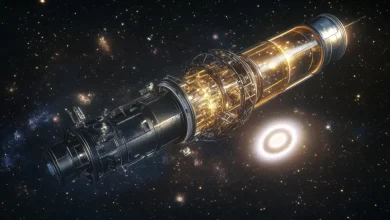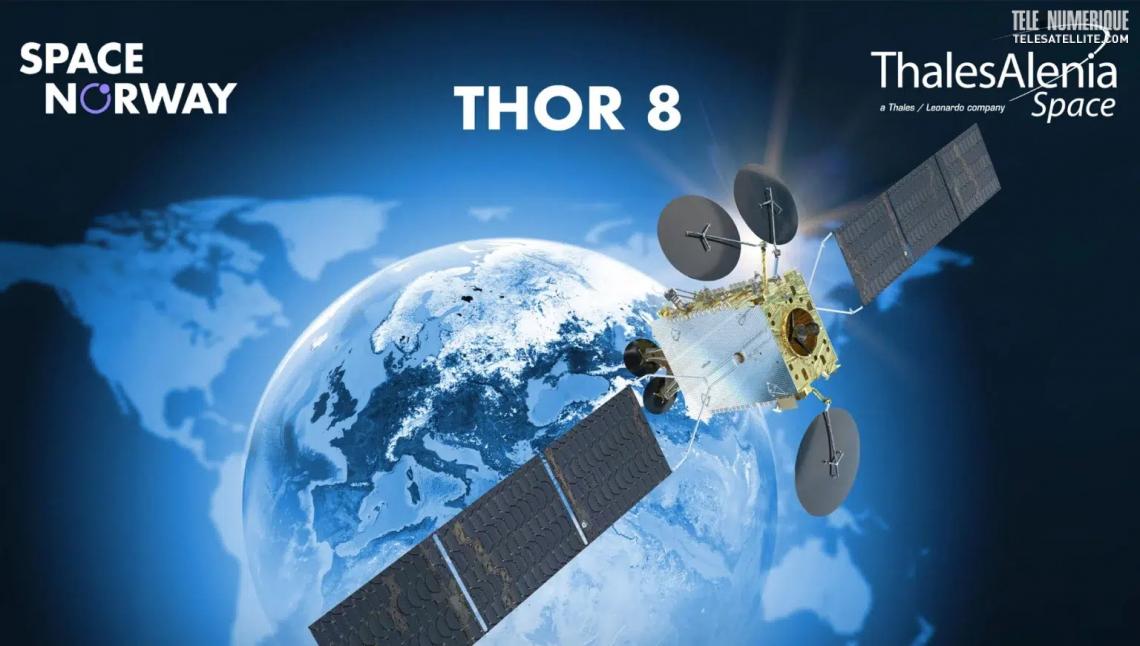New NASA telescope spherex to explore the universe in 3D
March 19, 2025 4 min read
 Pin
PinAs we continue to unravel the mysteries of the cosmos, NASA has made a groundbreaking advancement with the launch of its latest outer outer space observatory, the Spherex telescope.
This innovative instrument is set to explore the cosmos in unprecedented detail, providing us with a unique three-dimensional perspective of the cosmos. In this article, we will delve into the specifics of the Spherex mission, its objectives, and the broader implications for our understanding of the cosmos.
NASA’s Spherex: A New Era in Astronomical Observation
The was recently launched from Vandenberg outer outer space Force Base in California, marking a significant milestone in astronomical research. Its primary mission is to conduct an extensive survey of the night sky, focusing on the formation and evolution of galaxies. Over the next two years, Spherex will observe 450 million galaxies, generating a comprehensive 3D map of the cosmos.
This remarkable endeavor aims to answer fundamental questions about the structure of the cosmos. By analyzing the light emitted by these galaxies, Spherex will help astronomers understand how galaxies form, evolve, and interact with one another.
The telescope will make significant contributions to our knowledge of dark matter and dark energy, two of the cosmos’s most enigmatic components.
A Comprehensive 3D Sky Map: What to Expect
Spherex will provide a new 3D map of the sky every six months, offering insights into previously unexplored areas of the cosmos. This mapping process involves detecting and cataloging the light from billions of stars and galaxies across various wavelengths. The data collected will not only reveal the spatial distribution of these celestial bodies but will also shed light on their chemical compositions.
One of the standout features of the Spherex mission is its focus on detecting water and other molecules essential for life. By searching for these compounds in our galaxy and even within our solar system, scientists hope to uncover potential locations where life might exist or have existed. This aspect of the mission aligns with humanity’s enduring quest to find our place in the cosmos and understand the conditions that favor life.
Recent outer outer space Launches: Beyond Spherex
Alongside Spherex, NASA also launched four additional satellites known as the Punch (Polarimeter to Unify the Corona and Heliosphere) mission. These satellites are dedicated to studying the sun’s outer atmosphere and the dynamics of solar wind.
The Punch satellites will observe solar events in three dimensions, providing invaluable data on the sun’s activity and its impact on the solar system. By exploring these occurrences, scientists aim to improve our understanding of outer outer space weather, which can have profound effects on , power grids, and even astronauts in outer outer space.
Exciting Developments in Astronomy and outer outer space Exploration
As we eagerly anticipate the findings from the Spherex telescope and the Punch satellites, it is essential to recognize the broader context of recent developments in astronomy. For instance, the upcoming issue of Ciel & Eouter outer space, set to hit newsstands on March 14, features a special dossier titled “Where Will We Live in outer outer space?” This issue will explore the future of human habitation beyond Earth, alongside articles on various astronomical topics, such as:
- A test of the mini telescope Hestia
- A report on astronomers at the Vatican in Arizona
- Tips for stargazing enthusiasts
Additionally, researchers in Australia have made headlines by identifying what could be the oldest known impact crater on Earth, located in the Pilbara region. This crater, measuring 100 km in diameter, dates back approximately 3.47 billion years, pushing back the record by an astonishing one billion years. Such discoveries not only enrich our understanding of Earth’s geological history but also offer insights into the early conditions of our planet.
The Future of outer outer space Exploration and Astronomy
The launch of the Spherex telescope and its associated missions signifies a pivotal moment in the field of astronomy. As technology advances and our capabilities expand, the potential for new discoveries will only grow. Spherex’s ability to provide detailed 3D maps and identify key molecular components in the cosmos could lead to breakthroughs in understanding how galaxies, stars, and planetary systems evolve.
Moreover, the data generated by Spherex and the Punch satellites will serve as a foundation for future research, allowing scientists to build on our current knowledge and explore new frontiers in . With each new mission, we move closer to answering profound questions about the nature of the cosmos and our role within it. The Spherex telescope represents a leap forward in our quest to explore the cosmos.
By mapping the cosmos in three dimensions and searching for the building blocks of life, this mission opens up new horizons in astronomical research. As we await the insights that will emerge over the coming years, one thing is certain: the pursuit of knowledge about our cosmos is an endless journey, and with each discovery, we edge closer to understanding the vastness that surrounds us.



